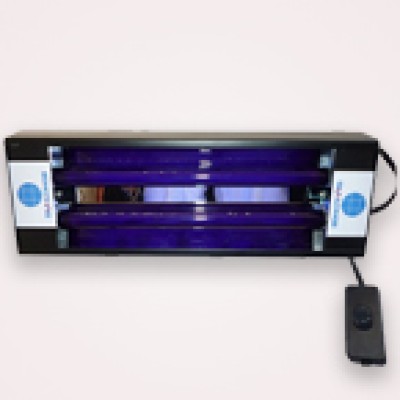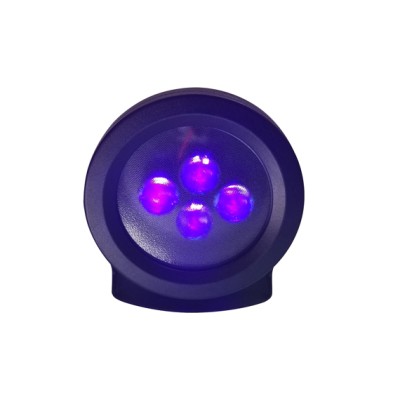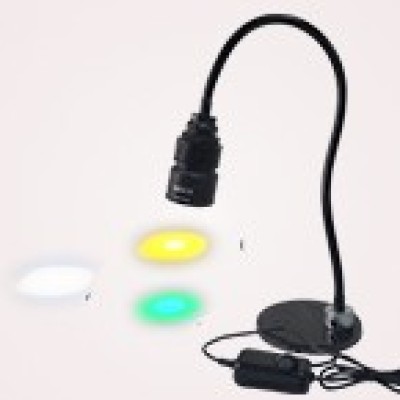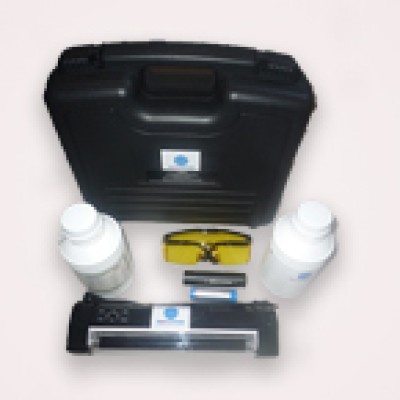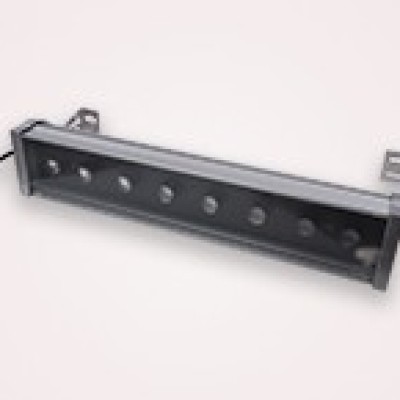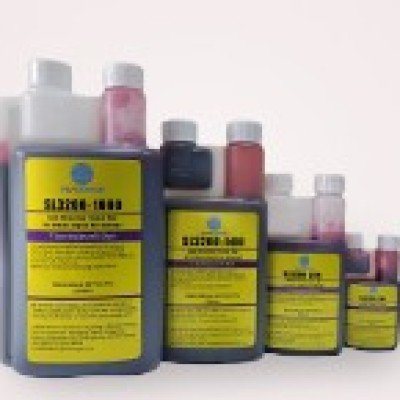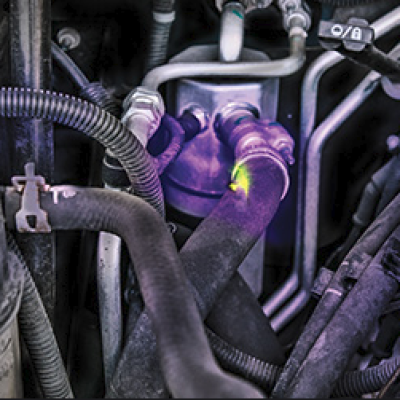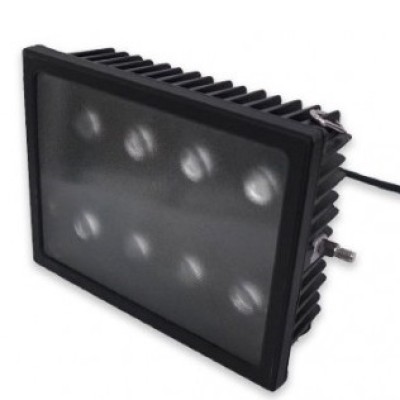Introduction
Thanks to technological advancement and continuous development, countless things that were once impossible have become the norm in today’s world. In the past, people relied on sunlight for visualizing things. However, not everything is visible to the human eye. The invention of fluorescence flashlights has brought a revolutionary change to the technical world. They are a great tool for highlighting those invisible substances and evidence. Furthermore, with the launch of microscope fluorescence adapters, people can freely adjust the light to maximise the effectiveness of illumination. The development has generated numerous choices for users, yet it can be confusing to choose the right option for the purchase. This guide will introduce them to you and lead you to the best product.
What is a Fluorescence Flashlight?
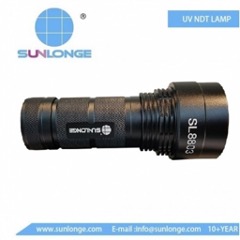
A fluorescence flashlight emits ultraviolet radiation, an invisible light energy to the human eye. Certain objects, including dyes, paints, minerals, and body fluids, can fluoresce under the light. The presence of these substances can only be detected with a UV light source. Typically, fluorescence flashlights involve LED technology. They can be powered by disposable batteries or a rechargeable lithium-ion battery. They are particularly useful in situations where flexibility and portability take place, for instance, crime scene investigation, mineral and gemstone observation, and document identification.
Safety of Fluorescence Flashlights
As UV radiation emitted by fluorescence flashlights is often perceived as harmful in the media, users may be concerned about their safety. A simple answer is, it is completely safe if the users are following the basic rules, for instance, never looking at the light source directly and wearing protective glasses. In addition, the potential harm of UV radiation produced by a flashlight is in fact lower than that of sunlight.
How to Choose the Right Fluorescence Flashlight?
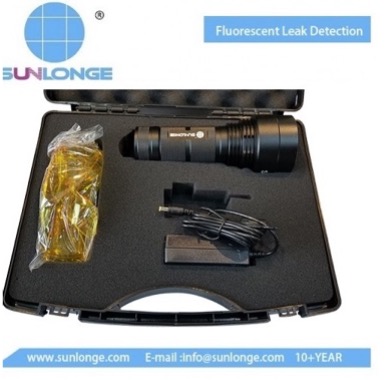
Due to the great variability in types and characteristics, it is vital to get a suitable fluorescence flashlight for different operations and applications. There are several features that must be considered before drawing a conclusion. First, you have to find the correct wavelength. In fact, UV light is a common term for a large range of wavelengths across the UV spectrum. As not all wavelengths are able to create adequate fluorescence effects, choosing an inappropriate wavelength may result in an inaccuracy in the outcome. In general, the fluorescence is the strongest under the wavelength of 360 nm. However, several higher wavelengths, for example, 455 nm and 525 nm, are also applied for other applications. With the SL8803 series portable excitation LED light source from Sunlonge as instance, they offer the SL8803-H (365 nm), SL8803-B (455 nm), and SL8803-G (525 nm). By having various models, diverse situations can be catered for. Users can even customize their own fluorescence flashlights based on their demands for the wavelengths. Another factor to consider is the power produced by the flashlights. This can be determined by its power consumption and LED efficiency. With a great combination between both quality (suitable wavelength) and quantity (power emitted), the fluorescence flashlight can generate a sufficient fluorescence effect and support applications in countless fields.
What is a Microscope Fluorescence Adapter?
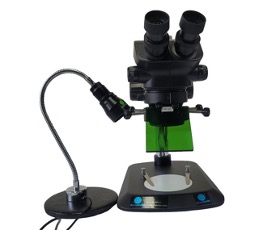
Another common product utilised in excitation is the microscope fluorescence adapter. Unlike a fluorescence flashlight, a microscope fluorescence adapter is frequently applied in a laboratory or a classroom. Equipped on a microscope, the usage of the microscope can be extended to a wider range of excitation tests. Taking the SLF6300 microscope fluorescence adapter from Sunlonge as an example, it can be installed on a microscope without any modification in only one minute. Carrying multiple modular excitation light sources, which can go up to eight solutions, for example, 365 nm, 395 nm, 455 nm, and 525 nm, users can freely select a suitable wavelength anytime. This provides increased flexibility for different applications.
Conclusion
All in all, the large number of advantages, consisting of high quality, and stability, has made fluorescence flashlights and microscope fluorescence adapters the most common measures in excitation and research. Their mixed variations also offer users diverse choices in different fields. With a deeper understanding of their features and characteristics, you can now select your ideal one according to your own preference and the situation!
 CN
CN

